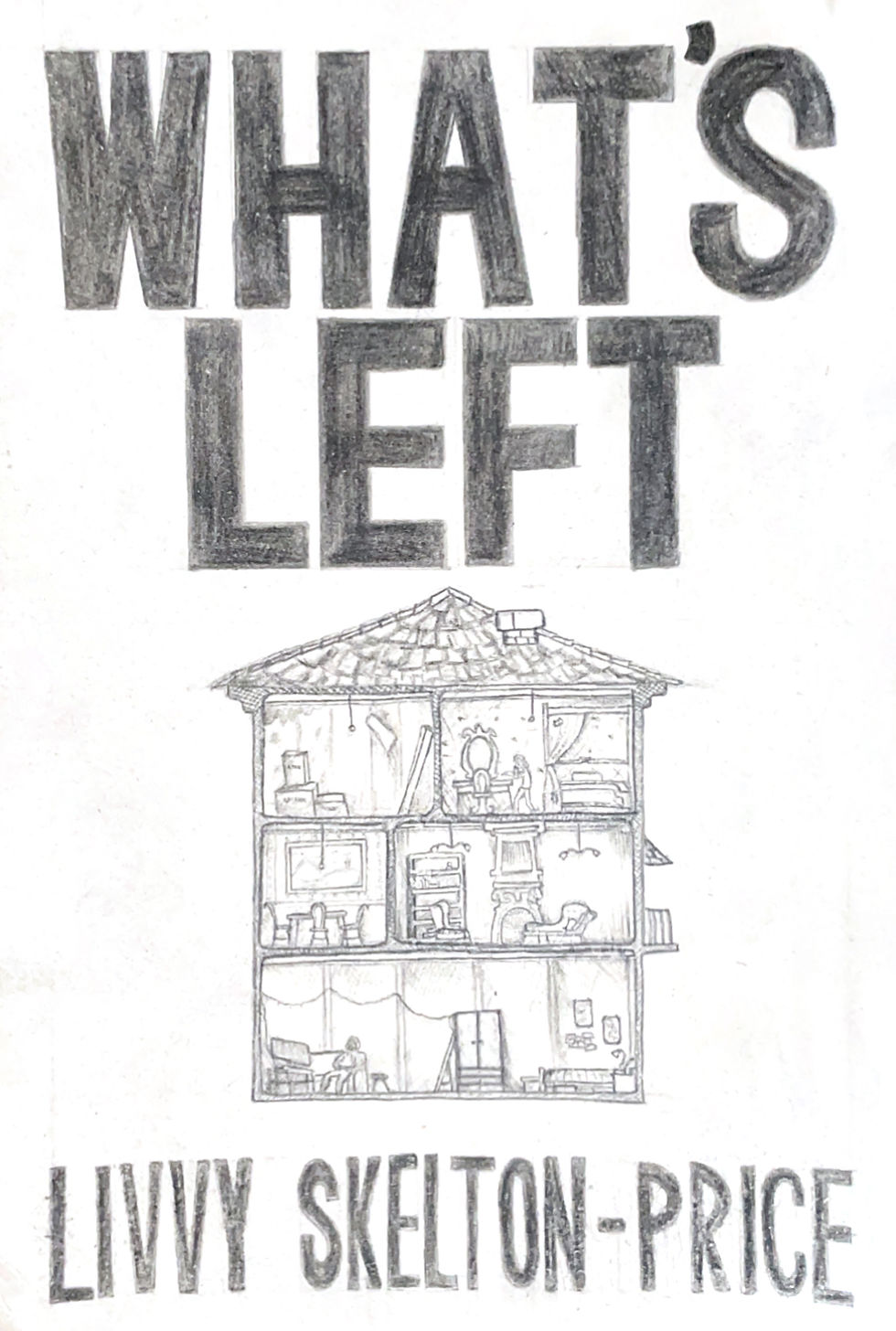Creating An Antagonist
- Livvy Skelton-Price

- Sep 10
- 3 min read

Creating an Antagonist is highly dependent on the type of person you are creating and what genre you are writing. When I create an antagonist - or any character - I love to flip expectations on their heads.
I like to pick characters which you wouldn’t expect to be in the shoes of an antagonist. I love to break the barriers of expectation.
There are some general rules everyone needs to follow, and then I’ll get into a bit more unique advice:
The Antagonist needs to be as strong, if not stronger, than the protagonist. If the Protagonist can outsmart/outfight the Antagonist every time, they’re not an antagonist, they’re an inconvenience. Ask yourself what would be an impossible person for the protagonist to beat; that’s who your antagonist should be.
Make them real. They don’t need to be evil; they just need to have opposing goals to the protagonist. If the protagonist wants to build a school, the antagonist needs to tear it down. Perhaps they want to build a mall, and money is the antagonist's driving goal. If your protagonist wants to go for a walk, your antagonist wants them to stay inside. Perhaps they’ve heard about a potential earthquake and think they’re keeping the protagonist safe. No matter how evil they are, make their motivations seem real.
Their goals must be opposing. There is no point in having the antagonist trying to chop down a tree while the protagonist is trying to convince everyone to be vegan. Sure, one is supporting the environment, and the other is not. But they are not going against each other. If the antagonist wants to chop down a tree, it needs to be a tree that the protagonist wants to save.
They have to know each other. They might meet during the story, but they have to meet at some point. Have you ever had an enemy you’ve never heard of? Unless you’re a celebrity, I imagine your answer is no.
The Antagonist and Protagonist need to be fleshed out the same amount. You might think your protagonist is your main character, so they’re the only one that needs a backstory. Wrong. Your protagonist and antagonist are both your main characters. You must know them both inside and out.
Now you know the general rules for creating an Antagonist, let’s go on to the specific ones I like to use.
Make the reader feel like they could step into the antagonist's shoes. I love reading a story where I get shivers down my spine and think to myself, “If my life turned out that way, would I be doing the same thing?” If your back was against the wall and everything you cared about was on the line - I’m sure you’d become someone’s antagonist. Channel that and make their motivations relatable.
Do a reversal. Who would someone stereotypically see as the safest person in the world? Who is stereotypically someone people would trust? You have an idea in your head? Perfect, create that character to be the antagonist and flip everything the reader knows on their head.
Motivations or actions need to be sinister. But not both. If the motivations are out of kindness, the actions need to be against the protagonist's goals. For example, if they only want to help the protagonist advance their field, they need to help them advance in the wrong field and cut ties with those in the protagonist's dream career. If the motivations are sinister, they need to act with seeming kindness. This could be seen as manipulation, emotional abuse; they need to have the trust of the protagonist for their own gain.
Develop the story to favour the Antagonist. As writers, we’ll naturally give favour to the protagonist. We love them, we want the best for them. It’s normal. If we favour the antagonist, we might get a more even story, and the tug-and-pull will seem more real.
Give the protagonist all the hope and none of the skills. Give the antagonist all the skills and none of the hope. Play around with opposites, contradictions and flipping expectations.
And have fun with it.
What are your favourite tips you’ve found when creating an Antagonist?


Comments